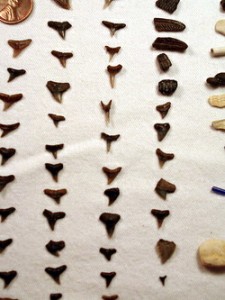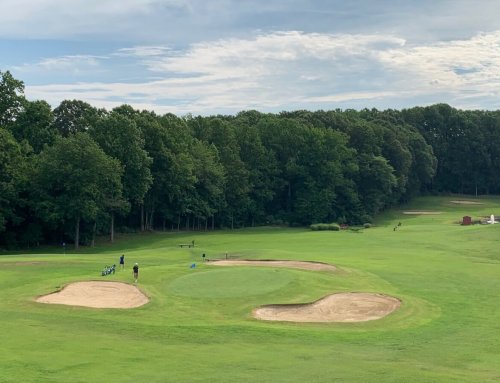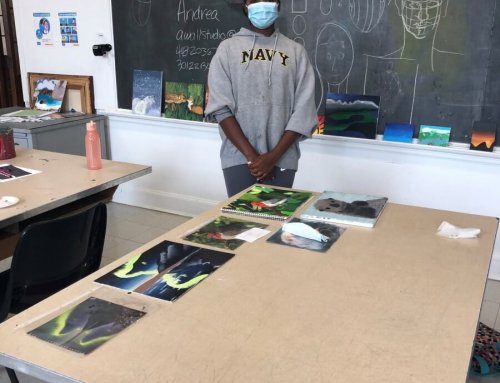Fossil hunters rejoice on the banks of the Chesapeake Bay! The Calvert Cliffs of Maryland are home to a large collection of fossils. The Calvert vociferous exposures, known as the Chesapeake Group or a combination of fossils in the Washington D.C., Maryland, and Virginia areas, account for 24 miles of the coast of the Chesapeake Bay.

Animals like whales, turtles, pigs, and even camels have shown up in fossil form on the cliffs. Fish fossils, sharks teeth, and sea life fragments are most commonly found in the rocks. Plants like Cyprus trees and Oak trees are often dug out of fossil formations, also.
The plants and animals depicted in the rocks of the Calvert Cliffs are between 22 to 8 million years old! This means that they originated in the Early to Middle Miocene epoch.
There are a few rules that fossil-hunters must follow while exploring the cliffs. If you’d like to search for fossils, go to the Calvert Marine Museum. The museum offers scheduled fossil collecting tours. You’ll see a huge collection of fantastic fossils from the cliffs so you know what to look for. The museum is located in Solomons just before the bridge to St. Marys county.
Be sure you are careful when scouring the cliffs for fossils and have a great time unearthing some history in Maryland!







Leave A Comment